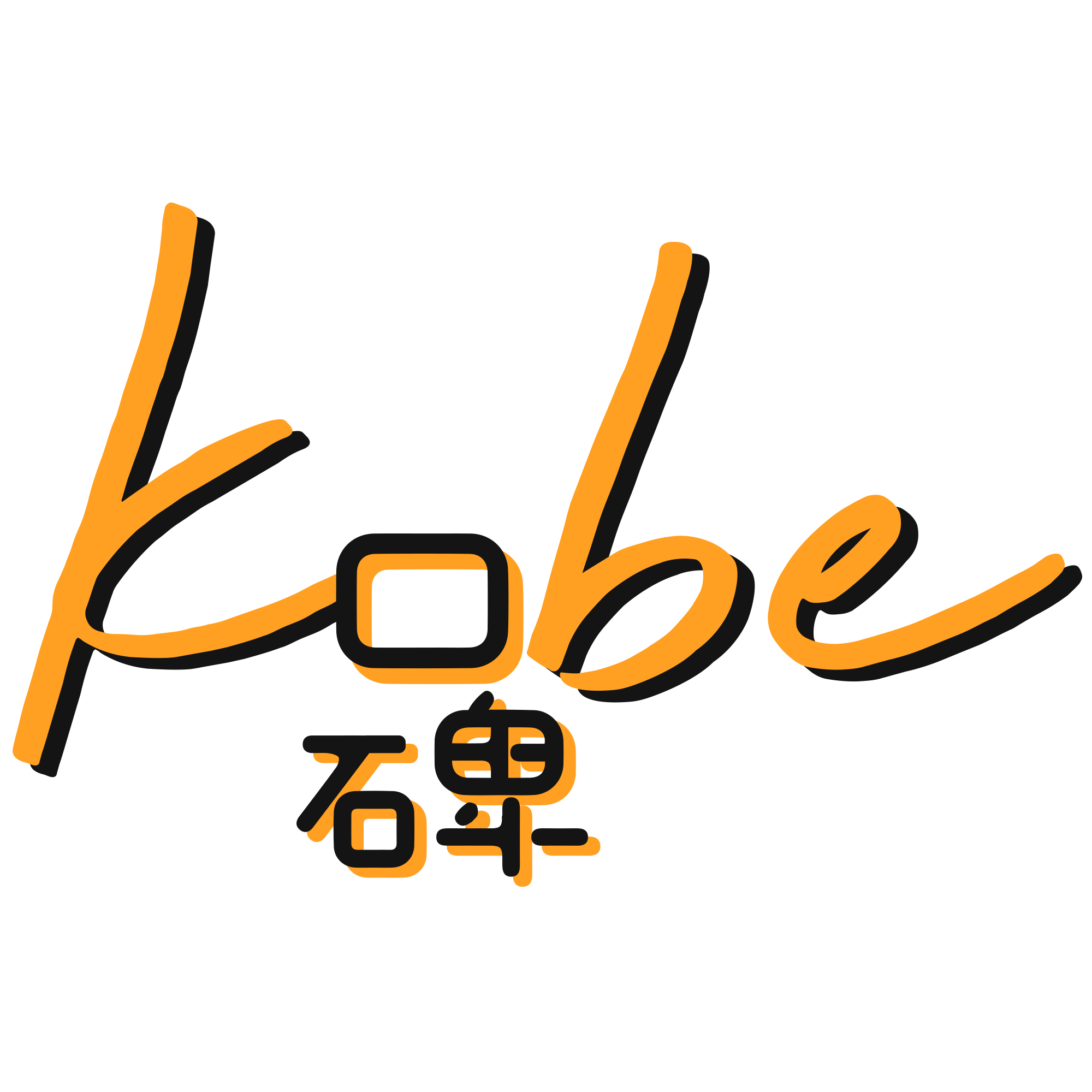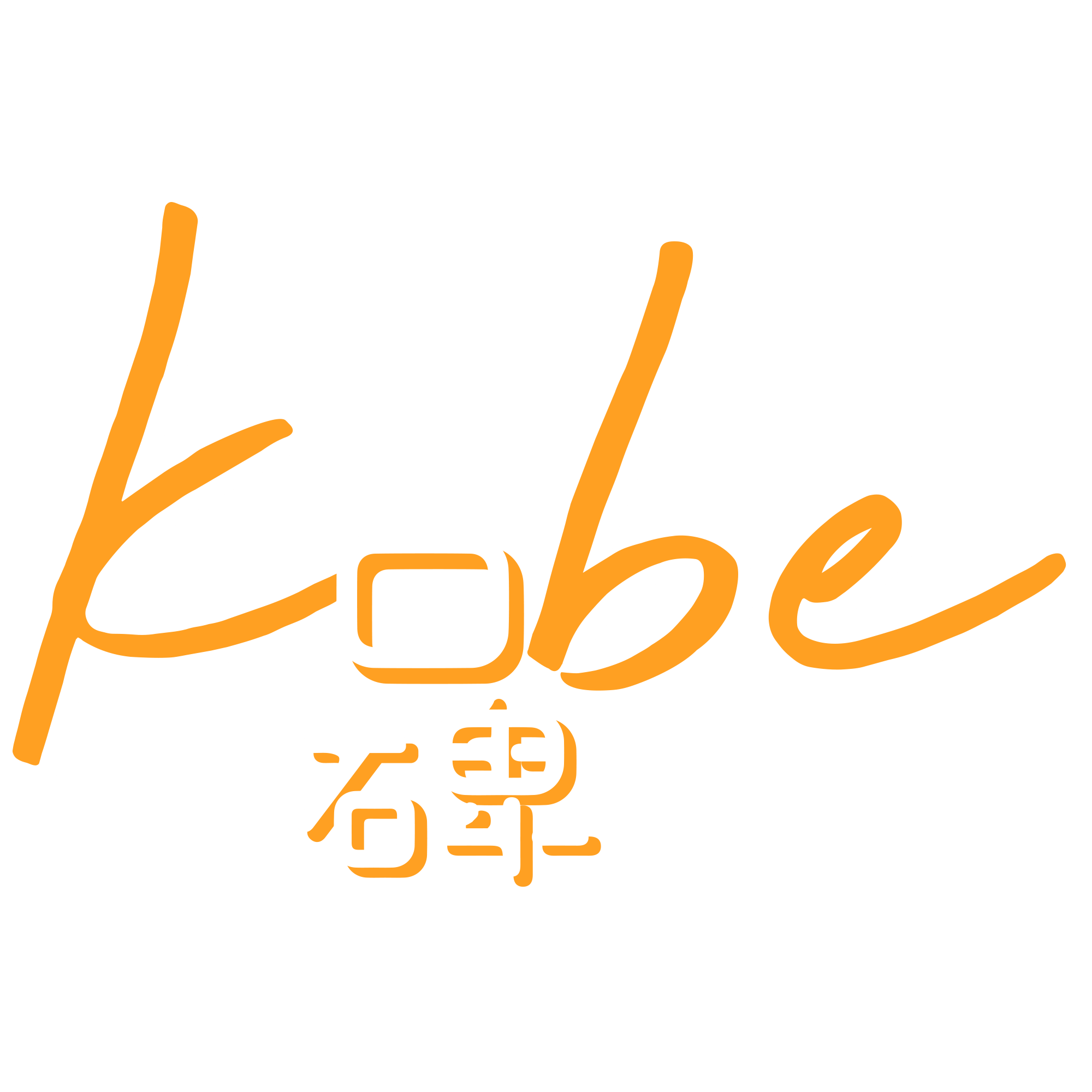Influencer marketing has emerged as a pivotal strategy for brands seeking to connect with their target audience authentically and effectively. To streamline the planning process and ensure campaign success, it is essential to organize the strategy into three main sections: Campaign Summary, Concept, and Creator Profiling. Each section plays a crucial role in shaping a well-rounded influencer brief that clients can use to guide their marketing efforts. This article delves into each header under these pillars to provide a thorough understanding of their significance and application.
Section 1: Campaign Summary

Campaign name: The campaign name is the foundation of your influencer marketing strategy. It should be clear, concise, and reflective of the campaign’s core objective. A well-chosen campaign name helps in creating a cohesive narrative and sets the tone for all subsequent marketing materials. For instance, “HealthyLiving2024” is specific, indicating the theme and a unique identifier for the campaign within a certain timeframe.
Unique Advantage: This section highlights the distinct qualities that set the brand or product apart from competitors. It includes the Unique Selling Propositions (USPs) that should be emphasized in the campaign. For example, USPs such as being the #1 organic food brand, using 100% natural ingredients, and offering products free from artificial preservatives are critical points. Highlighting these advantages helps influencers communicate the brand’s value effectively to their audience.
Objective: The objective defines the primary goal of the campaign. It could be to increase brand awareness, drive sales, or engage a specific demographic. For instance, a campaign might aim to increase awareness of its premium organic products, boost overall consumption, and generate online buzz. Clearly stating the objective ensures that all campaign activities are aligned towards achieving this goal.
Common Objections: Understanding potential objections from the target audience allows the campaign to address these concerns proactively. Common objections might include price sensitivity and brand familiarity. By identifying these hurdles, the campaign can develop strategies to overcome them, such as emphasizing the quality and health benefits of the product to justify the price.
Campaign Type: This specifies the nature of the campaign, such as storytelling, product reviews, or tutorial videos. A storytelling approach might be most effective, allowing influencers to create engaging content that weaves the brand’s narrative into their personal stories.
Target Audience – Gender: Identifying the gender of the target audience helps in tailoring the content and selecting appropriate influencers. For example, if the target audience is primarily female, this will influence the choice of influencers and the tone of the content created.
Platform: Choosing the right platform is crucial for reaching the target audience. Instagram, with its visual nature and high engagement rates, is ideal for a campaign, allowing influencers to showcase visually appealing content like recipes and meal preparations.
Target Audience – Age: Age segmentation ensures the content resonates with the intended demographic. A campaign might target women aged 25-44, a group likely to be interested in premium organic products and healthy living.
Target Audience – Location: Geographic targeting helps in localizing the campaign. Focusing on a specific location allows the campaign to tailor content to local preferences and cultural nuances, making it more relatable.
Campaign background: Providing a background of the brand and its history helps influencers understand and communicate the brand’s story authentically. Highlighting the brand’s founding, its mission to provide healthy and organic products, and its global recognition adds depth to the campaign narrative.
Section 2: Concept

Concept: Each campaign can have multiple concepts or themes. The first concept might revolve around the ease of creating healthy meals at home. This concept sets the stage for the type of content influencers will create, such as easy-to-follow recipes or cooking tips.
Campaign Context: This section provides the context or setting for the campaign, explaining why the concept is relevant and how it aligns with the brand’s goals. The context might be the growing trend of home cooking and the desire for quick, high-quality meals.
Required action: Clearly outlining the actions expected from influencers ensures consistency. This could include posting a certain number of photos, creating a specific type of content, or including particular hashtags and mentions in their posts.
Image inspiration: Providing visual inspiration helps influencers understand the aesthetic and style expected. This could include examples of previous campaigns, mood boards, or specific themes like rustic kitchens or vibrant family meals.
Image/Video Pointers: These are specific guidelines on the type of visuals to be used. Pointers might include showcasing the product prominently, focusing on the texture of the food, or capturing the joy of cooking and sharing meals.
Content Pointers: Detailing the key messages and tones ensures the content aligns with the brand’s voice. Content pointers might emphasize quality ingredients, ease of preparation, and the joy of healthy eating.
Mandatory Hashtags and Mentions: Providing a list of required hashtags and mentions helps track the campaign’s reach and engagement. Hashtags like #HealthyLiving2024 and mentions of the brand’s official Instagram handle ensure consistent branding and visibility.
Remarks: Any additional notes or considerations for influencers can be included here. This might cover compliance guidelines, content review processes, or tips for maximizing engagement.
Section 3: Creator Profiling

Creator Age From: Defining the minimum age of influencers ensures they resonate with the target audience. For a campaign targeting adults, choosing influencers who are at least 25 years old can be beneficial.
Creator Age To: Similarly, setting a maximum age ensures the influencers’ content remains relevant to the audience. This might be capped at 44 to align with their target demographic.
Creator Gender: Specifying the gender helps in selecting influencers who can authentically connect with the audience. For a campaign targeting females, female influencers can provide more relatable content.
I would like: This section allows for additional preferences or requirements for the influencers. It might include specific interests or characteristics, such as influencers who are passionate about healthy living or who have a family-oriented lifestyle.
Creator Segmentation Preference: Further segmentation can help in refining the influencer selection. Preferences might include influencers with a certain number of followers, engagement rates, or those who have previously worked with similar brands.
By meticulously detailing each section, we can create a comprehensive and effective influencer marketing brief. This structured approach ensures that all aspects of the campaign are well-planned, from the overarching strategy to the specific actions expected from influencers, leading to a successful and cohesive marketing effort.
Download your Influencer Marketing Brief below for your next influencer marketing campaign planning.



